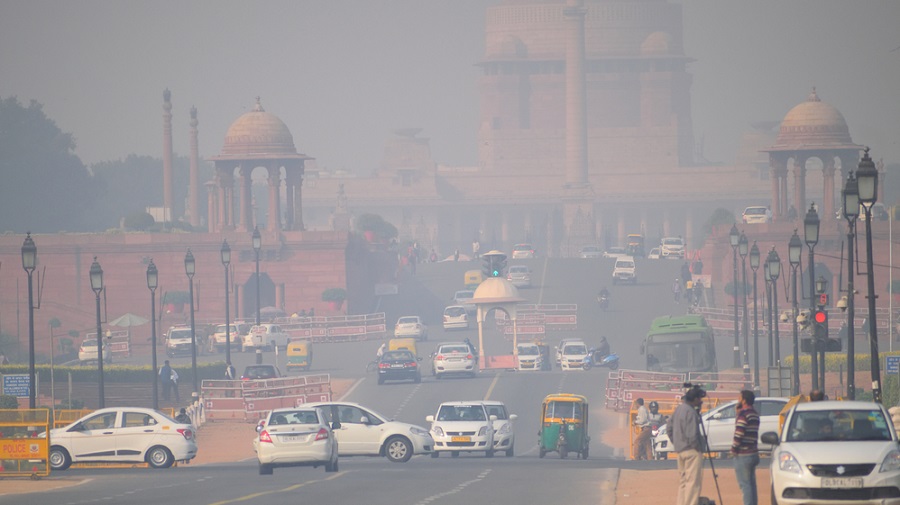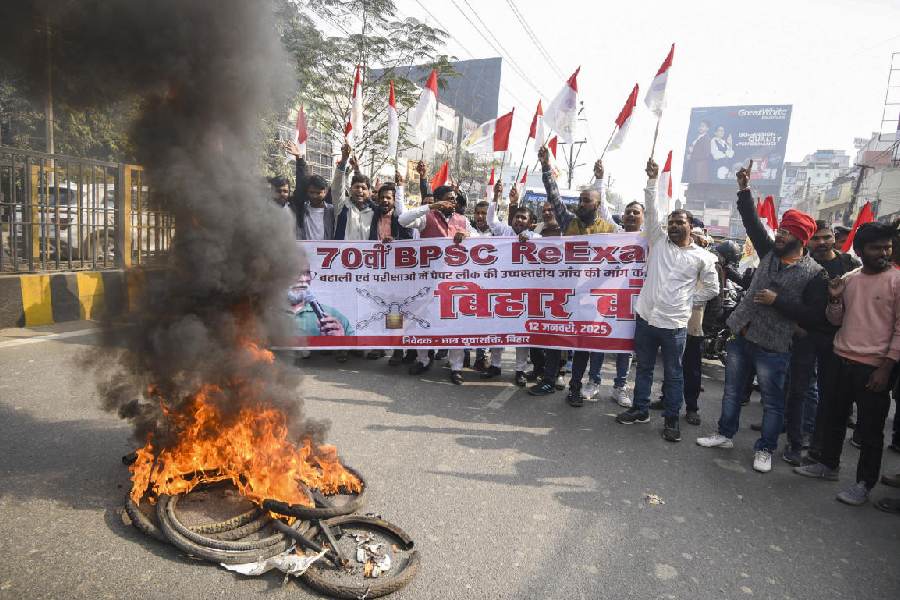Delhi's air quality turned very poor on Monday and is predicted to deteriorate further with calm winds and low temperature allowing the accumulation of pollutants.
The city's air quality index (AQI) was 307. The 24-hour average AQI was 268 on Sunday. It was 231 on Saturday, 137 on Friday, 302 on Thursday and 413 on Wednesday.
An AQI between zero and 50 is considered "good", 51 and 100 "satisfactory", 101 and 200 "moderate", 201 and 300 "poor", 301 and 400 "very poor", and 401 and 500 "severe".
The winds were calm at night time. During the day, the maximum wind speed is expected to be 10 kmph, according to the India Meteorological Department.
Winds are predicted to slow down further. Therefore, Delhi's air quality is likely to deteriorate further and remain in the poor to very poor category over the next two days, it had said earlier.
The minimum temperature was 6.9 degrees Celsius on Sunday and the maximum is expected to settle around 26 degrees Celsius, the weather department said.
Calm winds and low temperatures trap pollutants close to the ground, while favourable wind speed helps in their dispersion.
The central government's Air Quality Early Warning System for Delhi said the city's ventilation index -- a product of mixing depth and average wind speed will be around 2,500 m2/s on Monday and is likely to be 2,000 m2/s on Tuesday.
Mixing depth is the vertical height in which pollutants are suspended in the air. It reduces on cold days with calm wind speed.
A ventilation index lower than 6,000 sqm/second, with the average wind speed less than 10 kmph, is unfavourable for dispersal of pollutants.
The share of stubble burning in Delhi's pollution has reduced as the harvesting season has ended.
The contribution of stubble burning in neighbouring states to Delhi's PM2.5 levels was 6 per cent on Sunday, 4 per cent on Saturday, 2 per cent on Friday and just 1 per cent on Thursday, according to the Ministry of Earth Sciences' air quality monitor, SAFAR.











